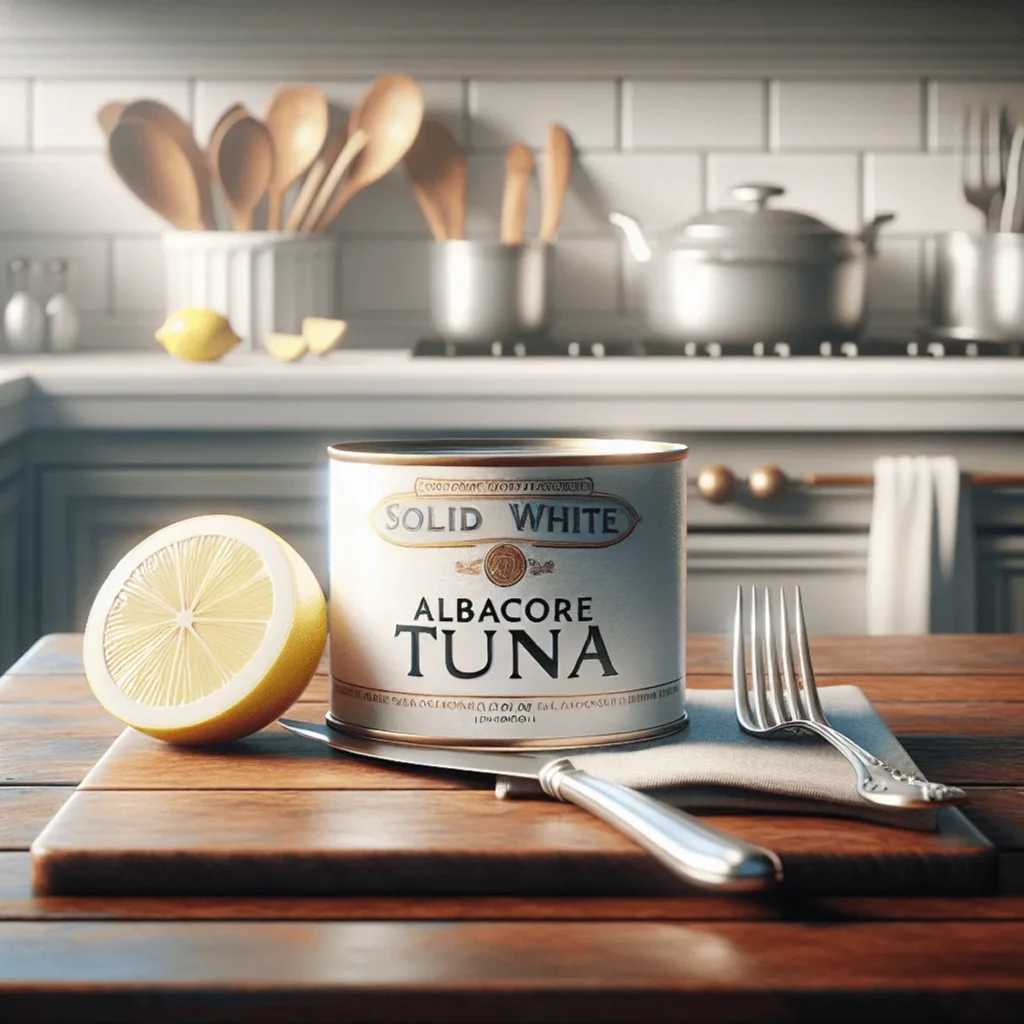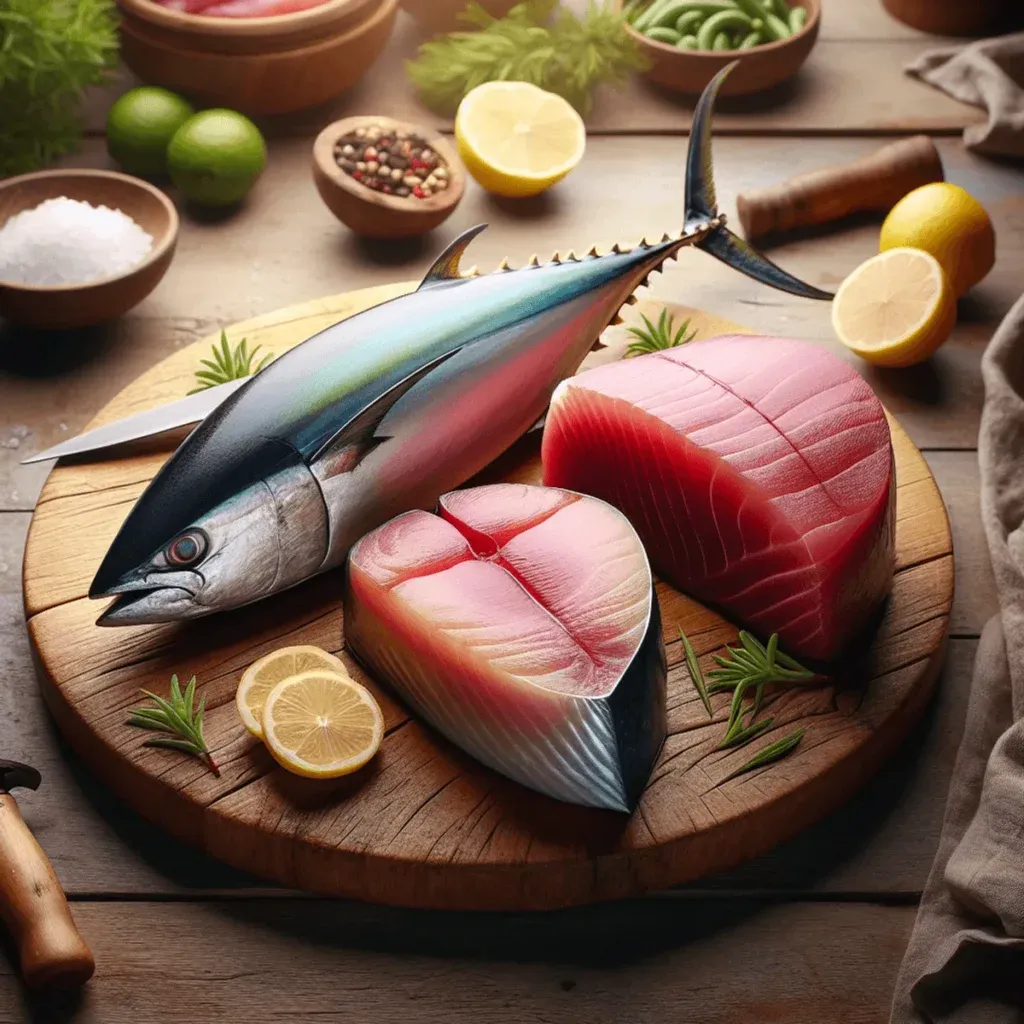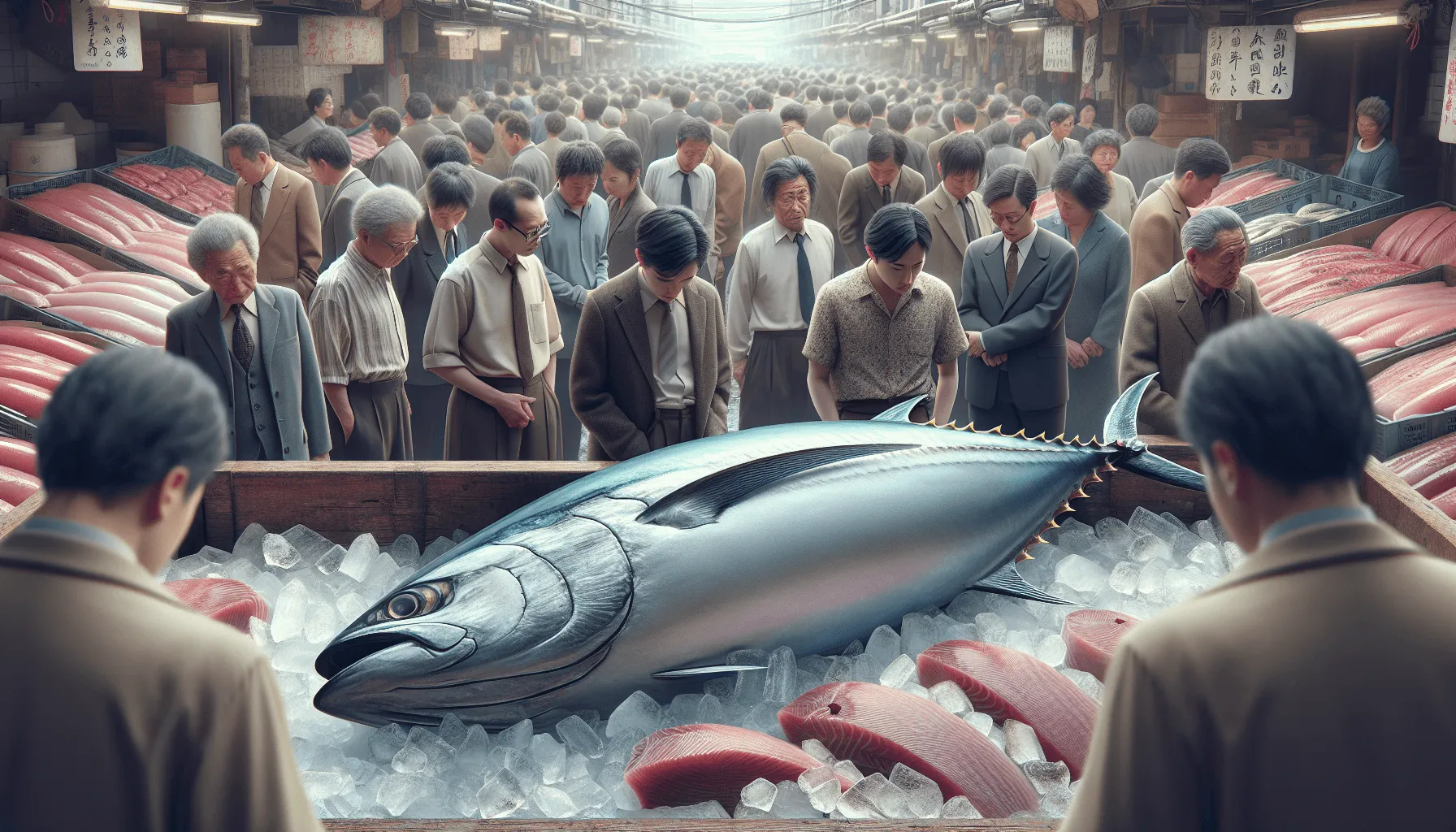When comparing albacore vs tuna, it’s essential to understand the unique characteristics that set them apart. Albacore, known scientifically as Thunnus alalunga, is a specific species of tuna renowned for its lighter flesh and mild flavor. In contrast, the term “tuna” encompasses various species, including yellowfin, skipjack, and bigeye.
Knowing the differences between albacore and tuna can significantly impact your culinary choices and nutritional intake. This article will provide you with:
- An understanding of albacore tuna.
- Insights into different tuna species.
- Details on canned tuna varieties.
- Comparisons of flavor and texture.
- Information on sustainable fishing practices.
1. Understanding Albacore Tuna
Albacore tuna, scientifically known as Thunnus alalunga, is a specific species of tuna that stands out due to its unique characteristics. It is larger in size compared to other tunas and possesses lighter colored flesh, which leads to its classification as “white tuna.” This type of tuna is highly prized for its firm, meaty texture and mild flavor.
Classification and Common Uses

Albacore tuna is often referred to as solid white albacore when used in canned products. This designation highlights the quality and consistency of the larger pieces of fish packed in cans. Albacore’s mild taste makes it an excellent choice for recipes where a subtle flavor profile is desired, such as:
- Salads
- Sandwiches
- Light entrees
Read Also: B Liner vs Red Snapper: Key Differences & Fishing Tips
Nutritional Profile
Examining the nutritional content of albacore tuna reveals several benefits:
- High in Protein: Albacore provides a substantial amount of protein, making it a valuable addition to a balanced diet.
- Rich in Omega-3 Fatty Acids: Known for their heart-health benefits, omega-3s are more abundant in albacore compared to some other tuna species.
- Moderate Fat Content: While albacore has slightly higher fat content than chunk light tuna, this contributes to its richer texture and nutritional value.
The combination of these attributes not only enhances your meals but also supports overall health.
2. Types of Tuna Species
The term “tuna” encompasses several species, each with unique characteristics and flavor profiles. Among the most common are skipjack tuna, yellowfin tuna, and big-eye tuna.
Skipjack Tuna
Skipjack tuna (Katsuwonus pelamis) is one of the smaller species in the tuna family. It is often used in chunk light tuna products. Skipjack has a stronger, more pronounced flavor compared to albacore, making it ideal for robust dishes like casseroles or pasta. Its flesh is darker, and it typically has a softer texture.
Yellowfin Tuna
Yellowfin tuna (Thunnus albacares) is larger than skipjack but smaller than albacore. Known for its vibrant yellow finlets, this species is prized for its relatively mild flavor and firm texture. Yellowfin is often found in both fresh and canned forms. In canned products, it can contribute to chunk light tuna mixtures alongside skipjack.
Big-Eye Tuna
Big-eye tuna (Thunnus obesus) stands out due to its large eyes and robust body. It possesses a rich, oily flesh that delivers an intense flavor profile, making it suitable for sashimi or grilling. The flesh color ranges from pink to deep red, offering a visual contrast to the lighter albacore.
Comparison of Sizes and Flesh Color
- Skipjack Tuna: Smaller size, darker flesh.
- Yellowfin Tuna: Medium size, light to medium-colored flesh.
- Big-Eye Tuna: Larger size, pink to deep red flesh.
Understanding these differences helps you choose the right type of tuna for your culinary needs.
Read Also: Top 10 Fishing Lakes in Michigan: Best Spots and Tips
3. Canned Tuna Varieties Explained
Solid White Albacore vs. Chunk Light Tuna: What’s the Difference?

When exploring types of canned tuna, you will encounter two primary varieties:
- Solid White Albacore: This type consists of larger pieces of fish, offering a firm and consistent texture. Its light-colored flesh is often referred to as “white tuna.”
- Chunk Light Tuna: Typically made from smaller species like skipjack, chunk light tuna contains smaller flakes or chunks. The flesh is darker and the texture is less firm compared to albacore.
Differences in Texture and Taste
The texture and taste between these two canned products differ significantly:
- Solid White Albacore: Known for its mild flavor and meaty texture, making it ideal for salads and sandwiches.
- Chunk Light Tuna: Offers a stronger flavor profile with a softer texture. This makes it suitable for casseroles or pasta dishes where its robust taste can enhance the recipe.
Nutritional Values Comparison
Nutritional differences also exist between solid white albacore and chunk light tuna:
- Fat Content: Albacore generally has more fat compared to chunk light varieties. This higher fat content translates to richer omega-3 fatty acids.
- Calories: Due to its higher fat content, albacore tends to have slightly more calories than chunk light tuna.
- Protein: Both varieties are high in protein, making them excellent choices for a protein-rich diet.
Understanding these differences helps you make informed choices based on your culinary needs and nutritional preferences.
4. Flavor and Texture Comparisons
The taste and texture of tuna can vary significantly depending on the species. For example, Albacore tuna, known for its mild flavor, is often preferred in dishes where a subtle taste is desired. This mildness contrasts sharply with the more robust flavors found in other tuna varieties such as skipjack and yellowfin. These species offer a stronger, more pronounced taste which can stand up well in hearty dishes.
Textural Differences
- Albacore Tuna: Firm, meaty texture that holds its shape well.
- Chunk Light Tuna: Softer, flakier texture, often made from smaller fish like skipjack.
Impact on Culinary Uses
- Albacore Tuna: Ideal for salads, sandwiches, and dishes where a clean, mild flavor is beneficial.
- Chunk Light Tuna: Better suited for casseroles, pasta dishes, and recipes where its stronger flavor can enhance the overall taste.
Understanding these differences helps you choose the right type of tuna for your culinary needs. The milder albacore is perfect when you want the tuna to blend subtly into a dish, while chunk light’s bolder flavors are great for recipes requiring a more pronounced taste profile. For those considering canned tuna varieties, it’s essential to note that they often differ significantly from fresh tuna cooked at home. This difference is crucial when deciding how to choose a can of tuna.
Read Also: Manta Ray vs Stingray: 10 Key Differences and Similarities
5. Sustainable Fishing Practices for Tuna Species
Sustainable fishing practices are crucial for preserving tuna populations and maintaining marine ecosystems. Different methods are employed to catch albacore and other tuna species, each with varying impacts on sustainability.
Fishing Methods:
- Purse Seining: Commonly used for catching skipjack and yellowfin tunas. This method involves encircling a school of fish with a large net. While efficient, purse seining can result in bycatch, including juvenile tunas and other marine species.
- Longline Fishing: Predominantly used for albacore tuna. Longlining involves setting out long lines with baited hooks. Though it targets specific species, this method can still capture non-targeted marine life like seabirds and sharks.
Sustainability Concerns:
Not all tuna species face the same level of sustainability issues. Skipjack tuna is generally considered more sustainable due to its faster growth rate and higher population numbers. In contrast, bigeye and yellowfin tunas are more susceptible to overfishing because of their slower reproduction rates.
Choosing Sustainably Sourced Tuna:
Opting for sustainably sourced canned tuna is essential for eco-conscious consumers. Look for certifications such as the Marine Stewardship Council (MSC) label or the Dolphin Safe label to ensure your purchase supports responsible fishing practices.
By being mindful of these factors, you contribute to the health of our oceans while enjoying your favorite tuna dishes.
Conclusion
When choosing between albacore and other types of tuna, understanding your culinary needs is crucial.
Albacore tuna with its mild flavor and firm texture is ideal for:
- Salads
- Sandwiches
- Light dishes
Other tuna species like skipjack or yellowfin, with their stronger flavors, are better suited for:
- Casseroles
- Pasta dishes
- Hearty recipes
Exploring the nutritional benefits of different tuna types can also guide your decision. Albacore generally offers higher fat content and omega-3s, while chunk light tuna provides a leaner option.
Always consider sustainability when selecting canned tuna options. Opting for sustainably sourced products not only supports environmental health but also ensures that you’re making a responsible choice.
FAQs (Frequently Asked Questions)
What is the main difference between albacore and other types of tuna?
Albacore tuna, scientifically known as Thunnus alalunga, is often classified as ‘white tuna’ due to its lighter flesh. It has a milder flavor and firmer texture compared to other types of tuna, such as skipjack or yellowfin, which typically have stronger flavors and darker flesh.
What are the common uses of albacore tuna in food products?
Albacore tuna is commonly used in canned products, particularly in solid white varieties. Its mild flavor makes it suitable for various recipes, including salads, sandwiches, and pasta dishes.
How does the nutritional profile of albacore compare to other tuna species?
Albacore tuna generally has higher fat content compared to chunk light tuna but contains beneficial omega-3 fatty acids. The nutritional values can vary among different species, with albacore providing a balance of protein and healthy fats.
What are the differences between solid white albacore and chunk light tuna?
Solid white albacore has a firmer texture and a milder taste than chunk light tuna, which is typically made from smaller species like skipjack. This results in chunk light having a softer texture and stronger flavor profile.
What fishing practices are considered sustainable for catching tuna
Sustainable fishing practices include methods like pole-and-line fishing and selective longline fishing, which minimize bycatch and environmental impact. It’s important to choose canned tuna that is sourced from these sustainable practices to support marine conservation.
Why is it important to know the differences between various types of tuna?
Understanding the differences helps consumers make informed choices based on taste preferences, nutritional benefits, and sustainability concerns. This knowledge can guide culinary applications and promote responsible consumption of seafood.

